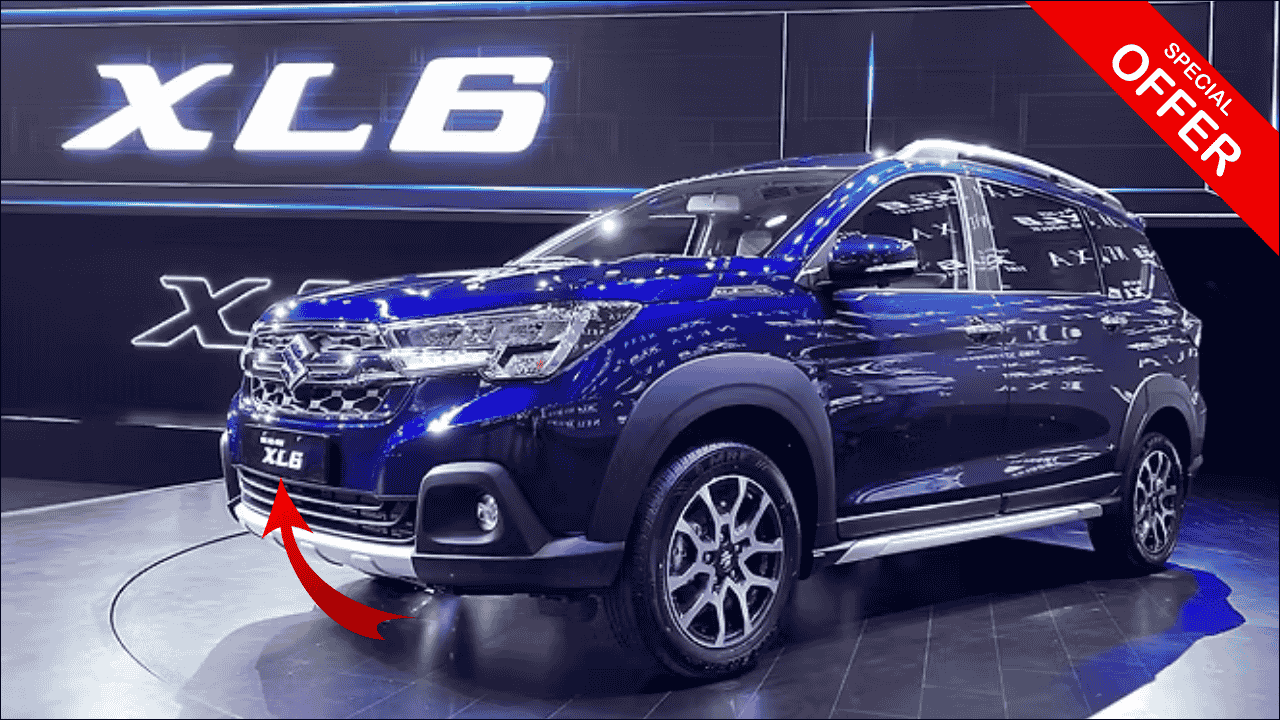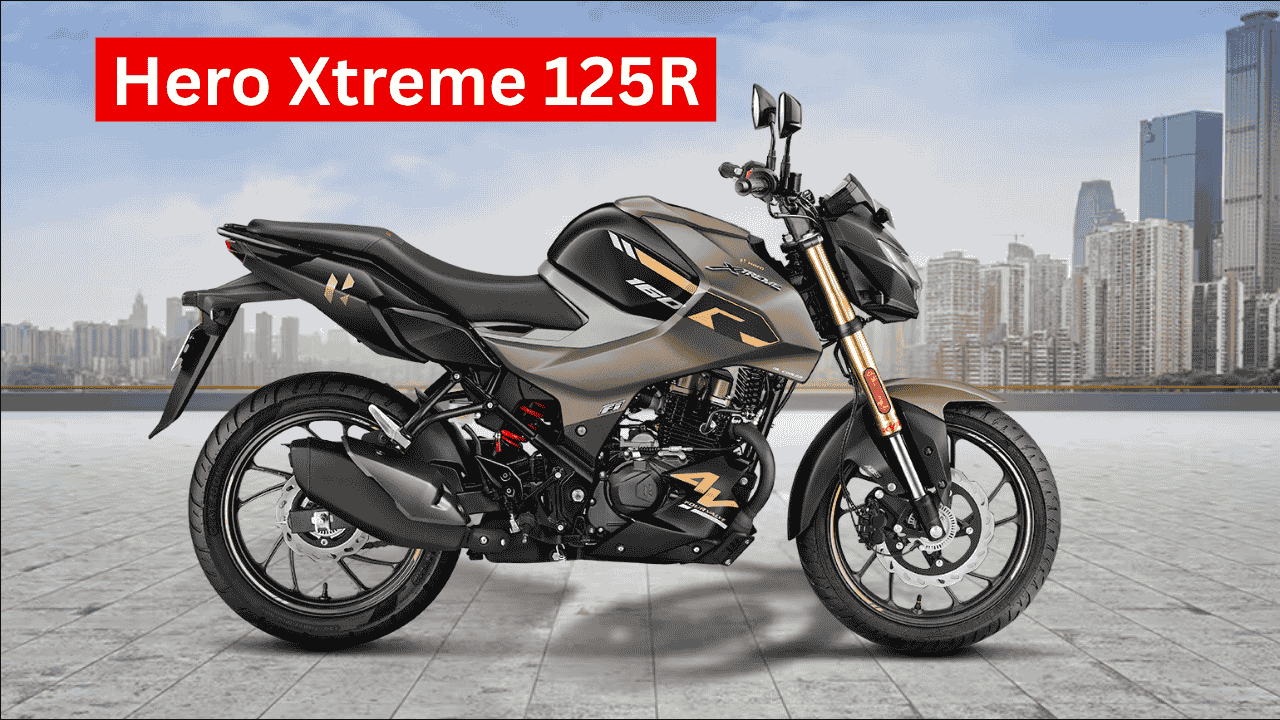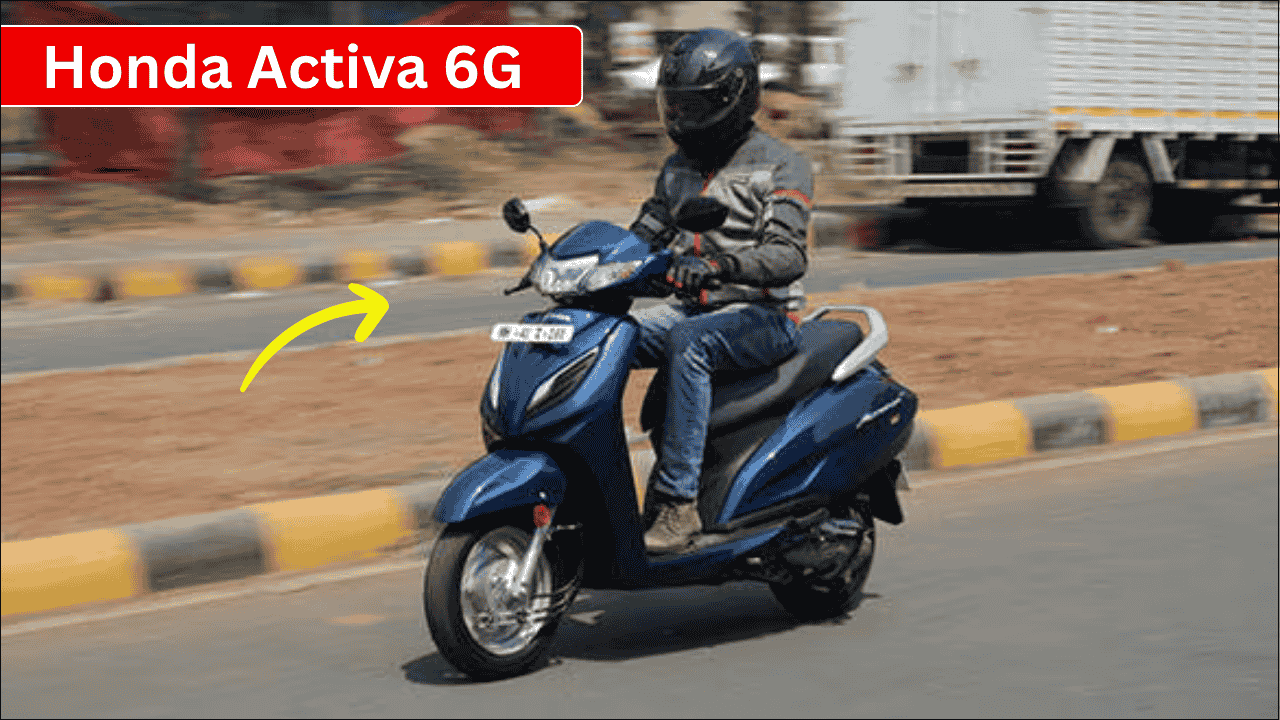
The legendary motorcycle that captured the hearts of Indian youth in the 1980s and 1990s is preparing for a triumphant return to Indian roads. The iconic Yamaha Rajdoot 350, which defined an entire generation’s passion for motorcycling, is generating tremendous excitement as rumors of its revival spread across social media and automotive communities.
Known as “India’s first sports bike” during its heyday, the Rajdoot 350 became synonymous with power, speed, and that distinctive racing sound that still echoes in the memories of countless motorcycle enthusiasts.
The potential comeback of this legendary machine represents more than just another product launch—it’s a nostalgic journey that could redefine the modern retro motorcycle segment in India.
Yamaha’s consideration of reviving this iconic nameplate demonstrates the enduring appeal of classic Indian motorcycles and the growing market for heritage-inspired machines.
The Legend That Defined a Generation
The original Yamaha Rajdoot 350 wasn’t just a motorcycle; it was a cultural phenomenon that introduced Indian riders to the thrill of high-performance motorcycling. Launched in collaboration with Escorts, this machine became the dream bike for speed enthusiasts across the country.
Its aggressive styling, powerful two-stroke engine, and racing pedigree made it an instant icon among young riders seeking adventure and excitement on Indian roads.
The distinctive exhaust note and raw power delivery created an emotional connection that transcended mere transportation, establishing the Rajdoot as a symbol of freedom and rebellion.
Despite production ending decades ago, the Rajdoot 350 maintains a cult following, with well-preserved examples commanding premium prices in the vintage motorcycle market.
Modern Revival Strategy and Design Philosophy
Yamaha’s approach to reviving the Rajdoot 350 focuses on blending nostalgic design elements with contemporary technology and performance standards. The new iteration will likely feature a retro-modern aesthetic that honors the original while meeting current safety and emission requirements.
The classic elements including the thick muscular body, round headlamp, distinctive fuel tank shape, and chrome accents will be retained to maintain authenticity and emotional appeal.
However, modern additions such as digital instrumentation, ABS braking systems, and advanced suspension technology will ensure the bike meets contemporary expectations for safety and performance.
This careful balance between heritage and modernity represents Yamaha’s strategy to attract both nostalgic older riders and curious younger enthusiasts seeking unique motorcycles.
Expected Specifications and Features
| Component | Original Rajdoot 350 | Expected New Rajdoot 350 |
|---|---|---|
| Engine | 347cc 2-stroke | 350cc 4-stroke BS6 |
| Power Output | ~30 bhp | ~25-30 bhp |
| Transmission | 4-speed | 5/6-speed |
| Braking | Drum brakes | Disc + ABS |
| Instrumentation | Analog | Digital-analog hybrid |
| Compliance | Pre-emission norms | BS6 compliant |
| Starting | Kick start | Electric + kick start |
Market Context and Competitive Landscape
The success of retro motorcycles from Royal Enfield, Jawa, and Yezdi has demonstrated strong market demand for heritage-inspired machines in India. These brands have successfully tapped into nostalgia while offering modern reliability and performance.
Yamaha’s entry into this segment with the Rajdoot 350 could significantly disrupt the current market dynamics, given the brand’s reputation for engineering excellence and reliability.
The retro segment has grown substantially, with riders seeking alternatives to conventional motorcycles that offer distinctive character and emotional appeal.
Yamaha’s global expertise in motorcycle manufacturing and strong dealer network in India provide significant advantages for a successful Rajdoot revival.
Target Audience and Market Positioning
The new Rajdoot 350 will target multiple customer segments, including nostalgic riders who owned or aspired to own the original model during their youth.
Younger enthusiasts seeking unique motorcycles with character and heritage appeal represent another crucial demographic for this revival project.
Urban riders looking for weekend touring capabilities combined with distinctive styling will find the Rajdoot appealing for both daily commuting and recreational riding.
Collectors and motorcycle enthusiasts interested in limited-production or heritage models may also contribute to initial sales momentum.
Pricing Strategy and Launch Timeline
| Price Range | Market Position | Target Competitors |
|---|---|---|
| ₹2.00-2.50 lakh | Premium retro segment | Royal Enfield Hunter 350 |
| Jawa 42 | ||
| Yezdi Roadster | ||
| Honda CB350 RS |
Engineering Challenges and Solutions
Adapting the Rajdoot for modern requirements presents several engineering challenges, particularly in maintaining the character while meeting emission and safety standards.
The transition from the original two-stroke engine to a modern four-stroke powerplant requires careful tuning to preserve the distinctive power delivery characteristics that made the original famous.
Balancing nostalgia with practicality means incorporating modern features without compromising the authentic visual appeal that defines the Rajdoot identity.
Quality and reliability standards must meet contemporary expectations while maintaining the raw, mechanical feel that enthusiasts remember from the original.
Manufacturing and Production Considerations
Yamaha’s established manufacturing facilities in India provide the infrastructure necessary for domestic production, ensuring competitive pricing and local market adaptation.
Supply chain management for specialized components like chrome finishes and classic-styled parts may require dedicated vendor development.
Quality control processes must ensure consistency while maintaining the handcrafted feel that premium retro motorcycles demand.
Production volume planning will balance exclusivity with accessibility, potentially using limited production runs to maintain desirability.
Marketing and Brand Strategy
The revival campaign will likely emphasize emotional connections and nostalgic memories associated with the original Rajdoot among target audiences.
Yamaha’s marketing approach may include testimonials from original owners, vintage racing heritage, and the bike’s cultural significance in Indian motorcycling history.
Digital marketing strategies targeting motorcycle enthusiast communities and social media platforms will build anticipation and engagement.
Experiential marketing through test rides and heritage exhibitions could effectively showcase the new Rajdoot’s capabilities and character.
Future Implications for Yamaha India
A successful Rajdoot 350 revival could encourage Yamaha to explore other heritage nameplates from their Indian portfolio, potentially creating an entire retro lineup.
The project could strengthen Yamaha’s position in the premium motorcycle segment while diversifying their product portfolio beyond sportbikes and scooters.
Success in the retro segment might influence Yamaha’s global strategy for heritage motorcycle development in other markets with similar cultural connections.
The revival could also enhance Yamaha’s brand image in India by demonstrating commitment to local market preferences and motorcycling heritage.
Market Impact and Industry Response
The Rajdoot 350’s return could intensify competition in the retro motorcycle segment, potentially driving innovation and improving value propositions across competing brands.
Other manufacturers might be encouraged to revive their own heritage nameplates, creating a broader revival movement in the Indian motorcycle industry.
The success or failure of this revival will likely influence future decisions about heritage motorcycle development across the industry.
Consumer response will provide valuable insights into the depth and sustainability of demand for nostalgic motorcycle designs in modern markets.
Technology Integration and Modern Features
Modern safety features including ABS, improved lighting systems, and better suspension will enhance the riding experience while maintaining classic aesthetics.
Connectivity features and smartphone integration may be subtly incorporated to appeal to younger riders without compromising the retro character.
Fuel injection systems and modern engine management will improve reliability and performance while meeting current emission standards.
Advanced materials and manufacturing techniques will enhance durability and reduce maintenance requirements compared to the original design.
Frequently Asked Questions
Q: When will the new Yamaha Rajdoot 350 be officially launched in India?
While Yamaha hasn’t made any official announcements, industry sources suggest a potential launch timeline of late 2025 or early 2026, depending on development progress and market conditions.
Q: How will the new Rajdoot 350 differ from the original model?
The new version will feature a BS6-compliant 4-stroke engine instead of the original 2-stroke, modern safety features like ABS, digital instrumentation, and contemporary reliability while maintaining the classic design appeal.
Q: What will be the expected price range for the new Rajdoot 350?
Industry estimates suggest pricing between ₹2.00-2.50 lakh (ex-showroom), positioning it to compete directly with Royal Enfield Hunter 350, Jawa 42, and other premium retro motorcycles.
Q: Will the new Rajdoot maintain the same performance character as the original?
While the engine technology will be different, Yamaha is expected to tune the new powerplant to deliver similar performance characteristics and riding excitement that made the original Rajdoot legendary among enthusiasts.






